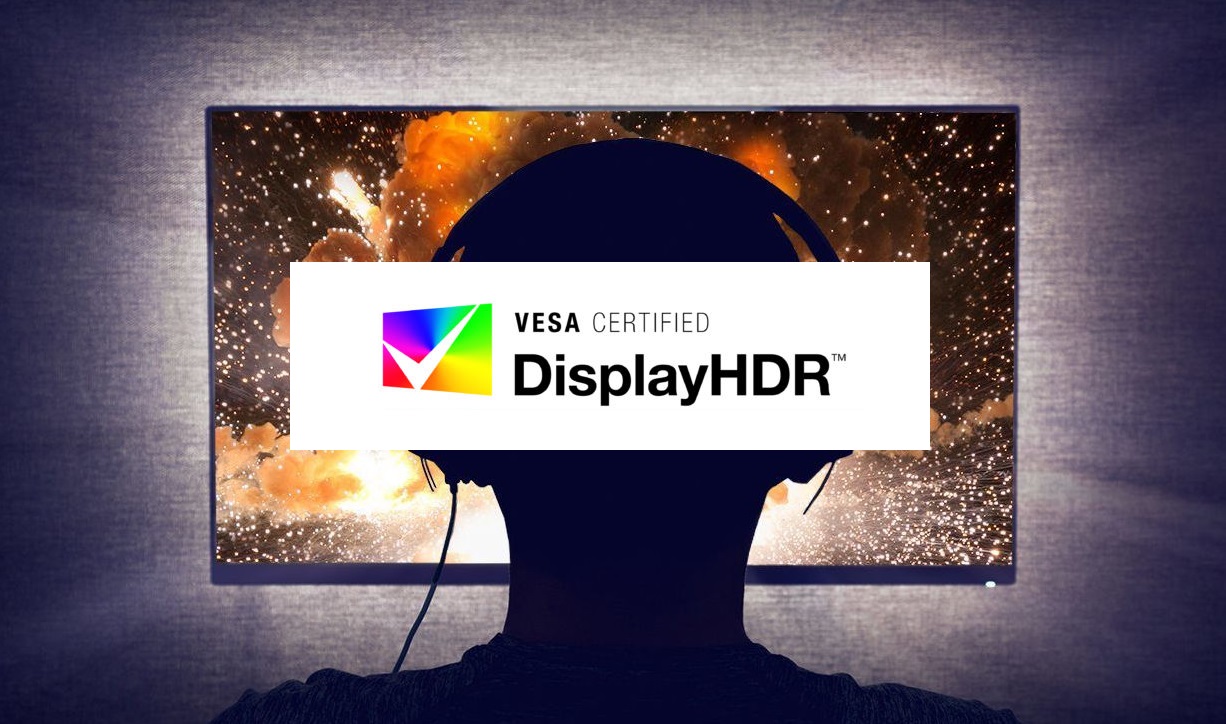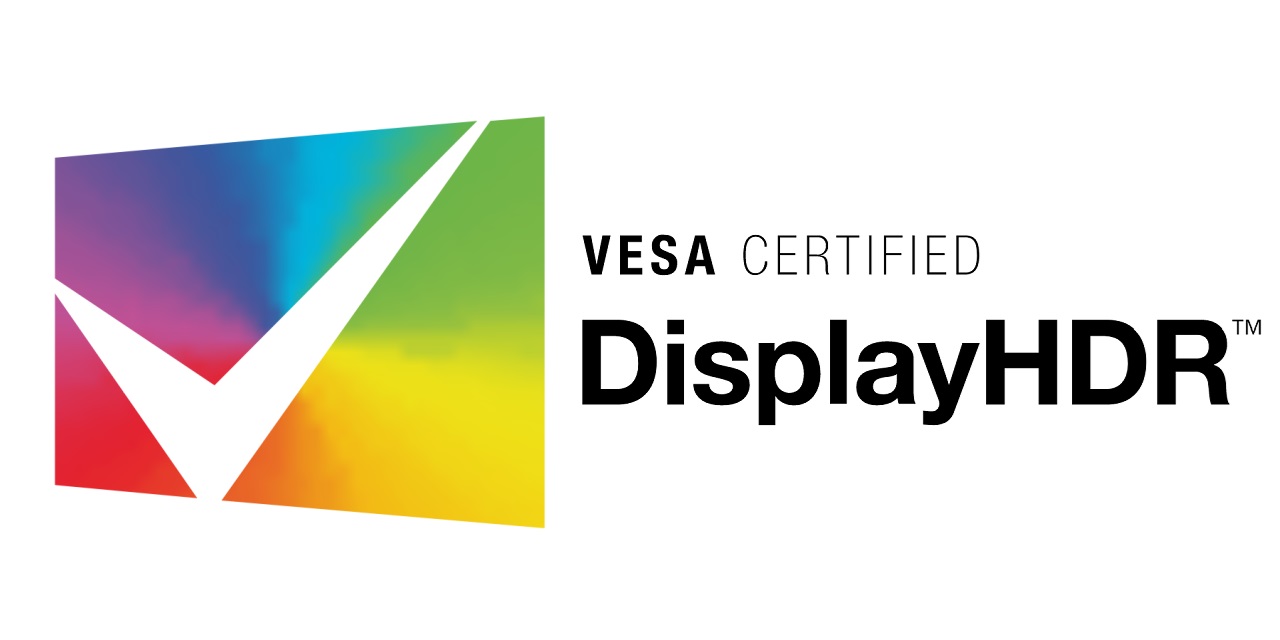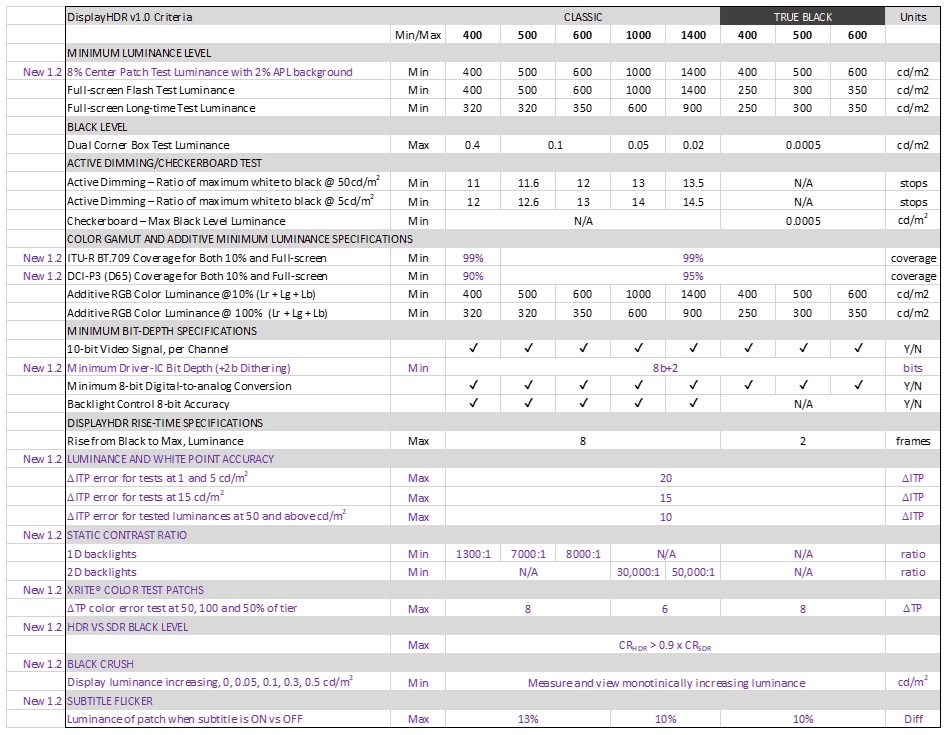VESA’s finally fixing DisplayHDR with their update 1.2 standard
Soon, new DisplayHDR 400 displays will no longer be garbage-tier HDR products
If I’m honest, I hate VESA’s DisplayHDR standard. I think it has done more to damage the concept of HDR (High Dynamic Range) displays than pretty much anything else. Thankfully, that changes with DisplayHDR 1.2.
Why I hate DisplayHDR
My main problem with the DisplayHDR standard is that VESA set their baseline standards for HDR screens far too low. With DisplayHDR 400, screens merely needed to accept HDR10 signals and deliver peak brightness levels of above 400 nits. There are other requirements, but that’s pretty much it. Simply put, this set the bar far too low for “HDR” screens. This led to the release of a large number of certified HDR screens that were not capable of delivering a good HDR experience.
The low quality of DisplayHDR 400 screens has lead to many dismissing the HDR concept entirely. Too often, HDR content looked worse than SDR content on these low quality screens, making the standard completely meaningless. Thankfully, DisplayHDR 1.2 sets a much higher bar for HDR support.
DisplayHDR 400 receives vital improvements with DisplayHDR 1.2
VESA has delivered some major changes to the DisplayHDR 400 certification process. For starters, 10-bit colour depth support is now a must, though 8-bit + FRC is acceptable. Previously, only 8-bit colour support was required, which simply isn’t good enough to properly display an HDR signal. DisplayHDR 400 screens also need to cover more than 90% of the DCI-P3 colour space, and cover more than 99% of the sRGB colour gamut. Previously, only 95% of the sRGB colour gamut needed to be covered.
With their DisplayHDR 1.2 specification, DisplayHDR 400 now has stricter contrast ratio requirements. These are the biggest change to the standard, and a change that will have a huge impact on the quality of HDR content on these screens. While backlight local dimming isn’t required, the standard’s new 1300:1 contrast ratio requirement will force manufacturers to increase the quality of their displays. Previously there were not contrast ratio requirements, setting be bar very low for baseline HDR screens.
While 1300:1 contrast ratios do not sound like much, it does exclude the majority of IPS and TN Film monitors on the market. While we would like some form of local dimming to be required by the DisplayHDR standard, these changes to DisplayHDR 400 are a huge move for VESA. Simply put, new DisplayHDR 400 screens will no longer be the garbage-tier HDR compatible screens that they previously were. That said, you will want a higher quality HDR display if you want to see HDR content at its best.
VESA’s DisplayHDR 1.2 standard improves testing across all DisplayHDR tiers
For all DisplayHDR standards, including their “True Black” standards, DisplayHDR 1.2 has new tests for white point accuracy, new X-rite colour error tests that need to be passed, and a lot of other enhanced criteria.
DisplayHDR 500 and 600 screens will also need to support some kind of local dimming thanks to their high 7000:1 and 8000:1 contrast ratio requirements. This will likely come from edge-lit local dimming approaches and not “Full Array Local Dimming” like higher DisplayHDR standards.
Below you can see that a huge number of tests have been added to the DisplayHDR standard. These tests will force display manufacturers to improve their screen technology if they want VESA DisplayHDR certification.
DisplayHDR 1.2 will deliver a huge improvement to the HDR display market, but is it too late?
VESA have raised the bar with their new HDR monitor requirements. That said, this creates a mess for the HDR monitor market. Old screens were tested using VESA’s old standard, and new screens are tested to more exacting standard. Display purchasers will need to check which version of the DisplayHDR standard that their screen adheres to. If they want the best HDR experience, they will want a DisplayHDR 1.2 certified monitor.
Overall, DisplayHDR 1.2 will bring about a major change to the HDR monitor market, especially in the low-end. Even so, it will take time before this new standard has an impact on the overall monitor market, and even longer before it changes consumer opinions on HDR. As mentioned previously, low quality HDR monitors have given HDR a bad reputation. It will take a while for opinions on HDR to change.
You can join the discussion on VESA’s updated DisplayHDR 1.2 specification on the OC3D Forums.






